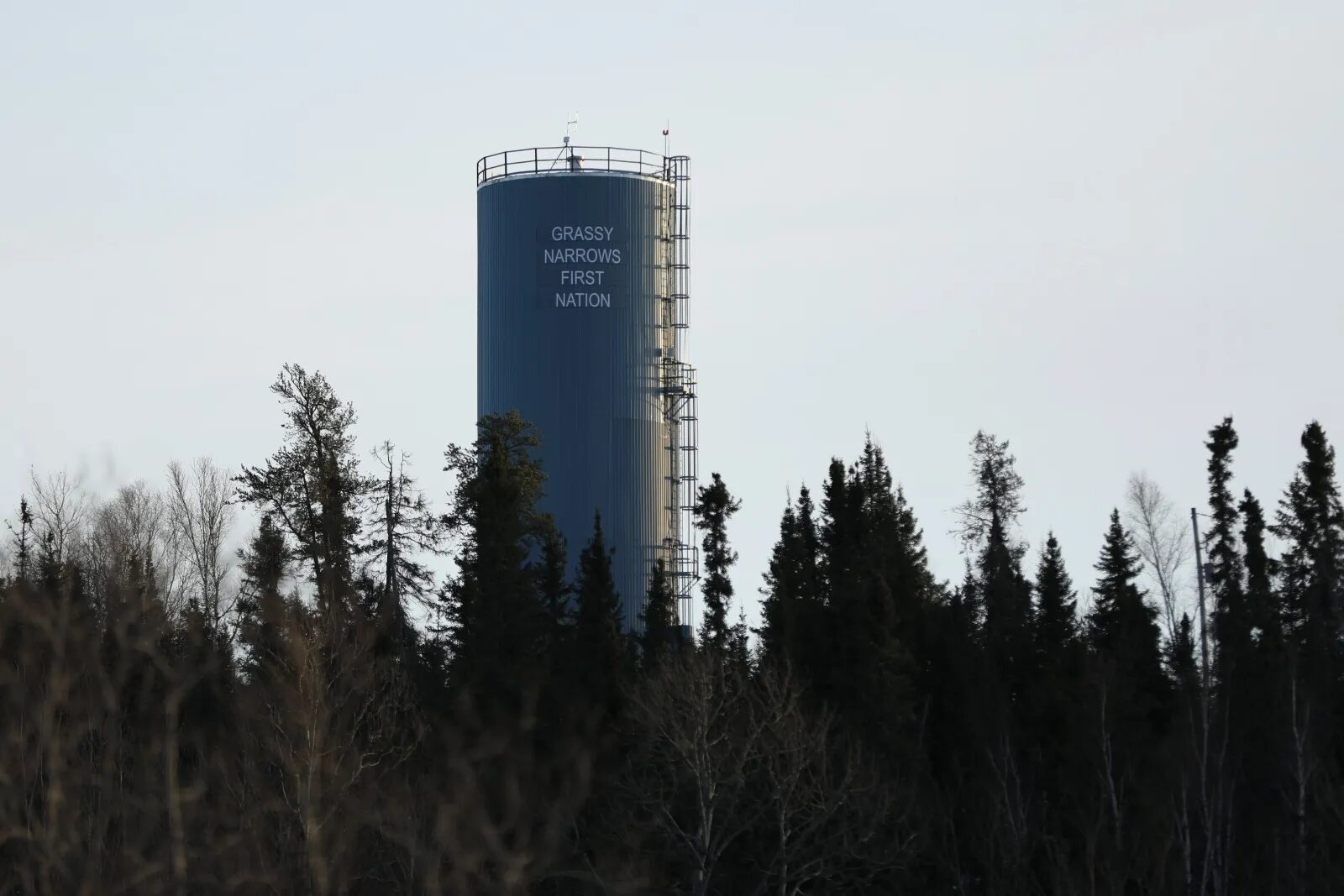
© Randy Risling / via Getty Images
Mercury poisoning among members of the Grassy Narrows First Nation in Ontario, Canada, is contributing to high rates of attempted suicide among Indigenous youth. That's
according to a new study out of the University of Quebec in Montreal published this month in the journal
Environmental Health Perspectives.
The study analyzed data from 162 children and 80 mothers, parsing data on mercury levels in umbilical cords and hair, as well as from surveys on fish consumption and mental health.
Researchers concluded that three generations of mercury exposure are linked to today's youth attempted suicide rates.Donna Mergler, professor emerita at the University of Quebec in Montreal and lead author of the study, said she and her co-authors found that women from Grassy Narrows who ate a lot of fish during pregnancy were more likely to have children with both emotional and behavioral problems.
"It's like a cascade of effects from the grandparents down to the children," Mergler said.Attempted suicide rates are three times higher among Grassy Narrows First Nation members than other First Nation communities in Canada. Suicide rates for First Nation members in Canada are higher than rates for non-Indigenous people as a whole.In the 1960s and '70s, the Reed Paper mill dumped nearly 10 tons of mercury into the river the Grassy Narrows First Nation relies on for fish, according to a 2016 report from Canadian broadcaster CBC, which described the pollution as one of the nation's worst environmental disasters. The study is the latest in a decades-long effort by the community to grapple with ongoing consequences of industrial pollution on their food."We're very saddened by the report, but it's also confirmed what we've been fearing all along, the impacts of mercury on our people," Grassy Narrows First Nation Chief Rudy Turtle said at a recent press conference. "The impacts of mercury have been very devastating in terms of our economy. Our way of life has been totally destroyed."
High mercury exposure has long been associated with brain damage and other neurological problems. In the United States, pregnant women are discouraged from eating high-mercury fish to protect their fetuses. The bigger the fish, the more likely they'll have lots of mercury as the substance bioaccumulates.
In 2016, the Toronto Star reported that mercury levels in walleye fish in Clay Lake were 90 times higher than the recommended levels of daily intake for pregnant women set by the U.S. Environmental Protection Agency. Grassy Narrows First Nation members have traditionally fished from the lake and the river it feeds into, with many working as fishing guides for tourists prior to the discovery of the mercury pollution.Sarah Rothenberg, an associate professor at Oregon State University's College of Public Health and Human Sciences,
wrote in Environmental Health Perspectives that Mergler's study is rare in examining the link between mercury exposure and children's mental health, but said Grassy Narrows is far from the only community facing such challenges.
Communities living in the Arctic and communities
exposed to artisanal and small-scale gold mining may be experiencing mercury exposure, and the potential for similar effects there warrants further investigation, she said.
Mergler said the study lends scientific evidence to Grassy Narrows' calls for adequate health care, compensation and a ban on mining and forestry in their territorial lands. In 2020, the federal government promised funds to build a mercury care home
but that hasn't yet materialized. Chief Turtle from Grassy Narrows said after the discovery of high mercury levels in the area, commercial fishing companies and lodges closed, spiking unemployment. Still, as per their traditions, his community continues to fish the area for subsistence.
"It's just not the same prior to mercury being dumped into our river," he said.
Comment: See also: